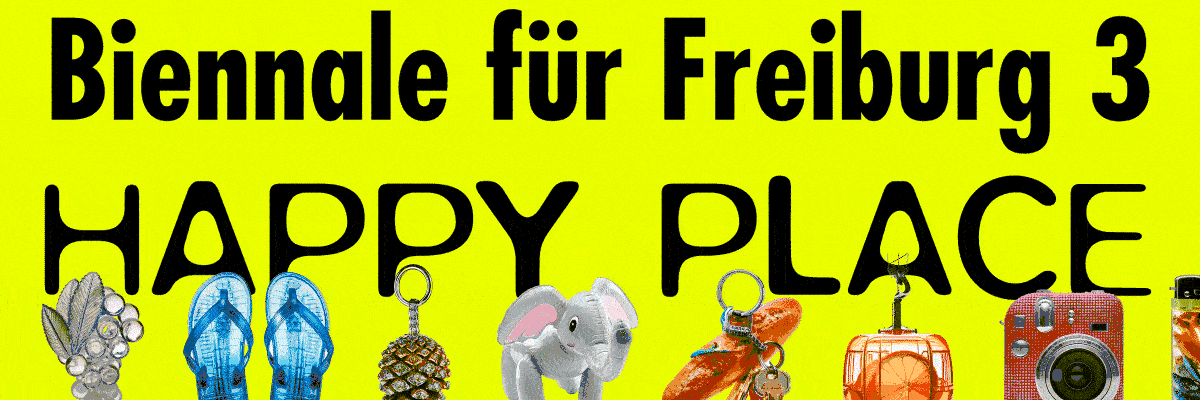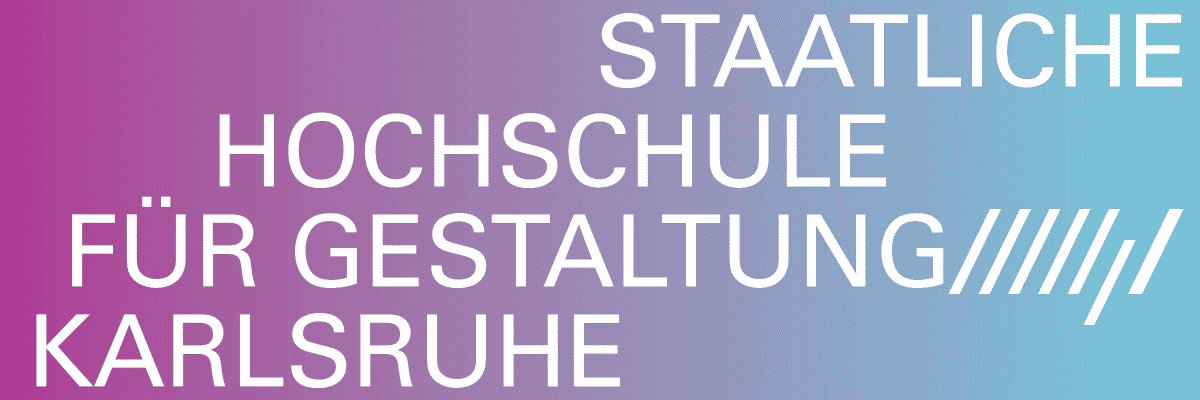
Camille Beranard - charlie Boisson - Xolo Cuinte - Carla Denidet - Natsuko Uchino
"A wild herb soup"
Project Info
- 💙 Centre d’art contemporain Les Capucins Espace Delaroche 05200 EMBRUN
- 💚 Les Capucins
- 🖤 Camille Beranard - charlie Boisson - Xolo Cuinte - Carla Denidet - Natsuko Uchino
- 💜 Mathilde Belouali
- 💛 François Deladerrière
Share on

Advertisement




Written and published at the very end of her life, A Wild Herb Soup is a strikingly
straight-talking and energetic account, in which Émilie Carles' desire for justice,
as well as her anger and resentment, are left intact. On a local level, it did not
please everyone, as evidenced by an article in which the writer is referred to as
“the shameless old lady of Val-des-Prés,” the one who exposes conflicts and
airs dirty laundry outside of the family. However, overall it was a huge success:
with over a million copies sold, it was translated into around a dozen languages
and made into a television film production in the 1990s. Since then, it has
continued to circulate widely in the Alps and beyond: it is a common treasure in
book boxes and a goldmine of stories to be shared aloud.
This group exhibition has been curated by the team of Les Capucins
contemporary art centre as an homage to Émilie Carles, her book and the ways
in which it resonates in the present with our experiences of a nearby and shared area. Containing a number of archives and documents, the exhibition aims
above all to establish a dialogue between her story and other forms, works and
objects from different periods, through a free and imaginative association of
ideas. The space of the art centre is divided by three large pinewood display
walls, the buttresses of which evoke the timbers of houses in the Hautes-Alpes.
Designed by Szymon Kula, artist and technician at Les Capucins, the
scenography incorporates larch beams taken from work carried out around the
art centre, creating nooks and crannies that allow visitors to come together and
be surprised as they wander around. The structure shelters a selection of
objects from the collection of the Departmental Museum of the Hautes-Alpes,
evoking everyday life in the valleys in the 19th and 20th centuries: a portrait of
a “Lady of Névache,” school-related objects from Queyras, a stool with a
twisted, monoxylon seat, a bell collar and a small case decorated with a flower.
ispersed throughout the exhibition space, around a dozen photographs from
the 1950s tell the story of Franco-American photographer and nanny Vivian
Maier (1926-2009)'s stays in the Champsaur region, where her mother was
originally from. These portraits of farmers and landscapes are among thousands
of photographs taken by Vivian Maier throughout her life and never shown, until
they were discovered by chance in 2008 by researcher John Maloof in suitcases
containing her possessions bought at auction.
The proximity of these works, which have stood the test of time, to those of
contemporary artists shows that the visual arts readily seize on the vernacular
and the so-called ‘folk’ arts as a source of forms and poetic material. Some of the
works on show are destined to remain on the wall, such as the small, dreamlike,
twilight paintings by Camille Bernard (1994), a Franco-English painter who lives
in Uzerche in the Limousin region of France, in which characters whose gender
and age are hard to guess evolve close-up in a natural setting evoked by various
clues. This is also the case for the concrete sculptures by the duo Xolo Cuintle
(consisting of Romy Texier and Valentin Vie-Binet, born in 1995 and 1996
respectively, who live in Paris), which evoke both symbiotic and toxic
relationships between natural species and their uses in the agri-food industry.
Some of the other pieces are designed to serve a specific function, destined to
leave the wall for moments of activation throughout the exhibition, echoing the
times that punctuated the lives of the people of the Hautes-Alpes, as Émilie
Carles recounts: baking bread in the communal oven in autumn; the ‘odd jobs’
and needlework practised in winter, during evening gatherings after tasting the
soup. Natsuko Uchino (b. 1983, lives in Belvézet, Gard) has created a ceramic
tableware set for the exhibition, which will be used as containers for a soup
made from wild herbs harvested around Embrun, and prepared by the
gatherers: Marion Metz and Marguerite Barbier Le Bars. The moulded steel
pieces by Charlie Boisson (b. 1983, lives in Paris), with their long handles and
elaborate surfaces, will be unhooked to be used to bake oublies, fine wafers
from the Middle Ages, a sort of pagan, gourmet wafer, for which the artist has
reinvented the motifs and symbols. The spools of thread of Clara Denidet (b.
1991, lives in Saint-Loup-des-Bois in Puisaye) will be the starting point for a
visible and collective repair session of damaged textiles, in a small format
reminiscent of the winter evenings described by Émilie Carles, where “everyone
brought their chair, their work, their tongue to speak and their ears to listen.”
Mathilde Belouali




